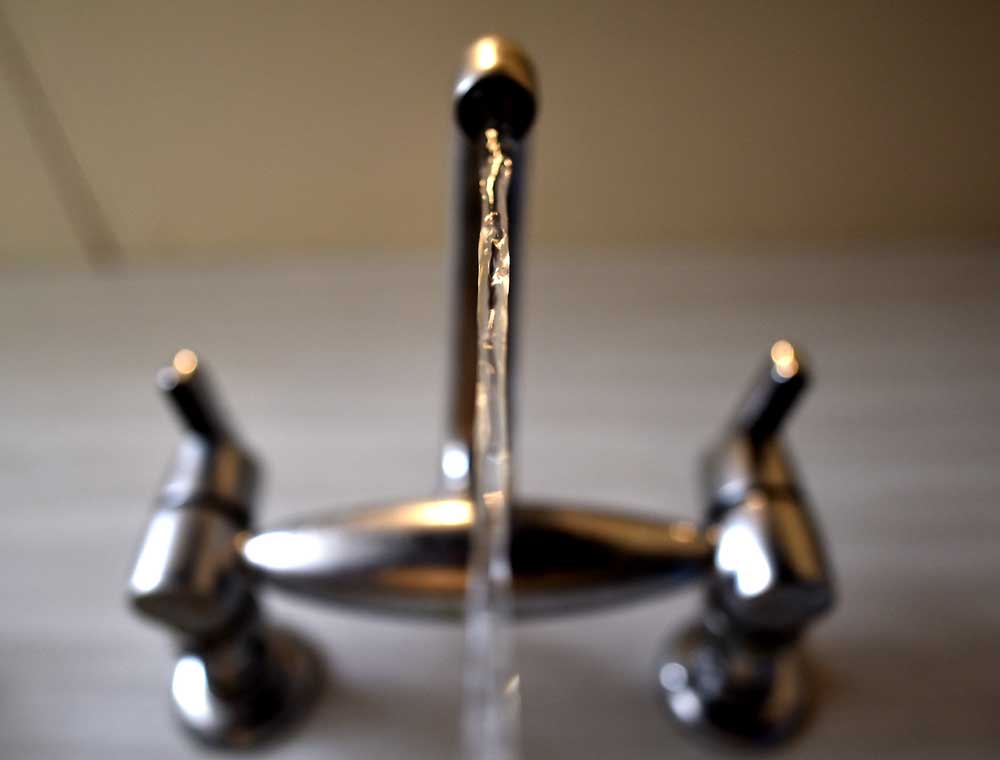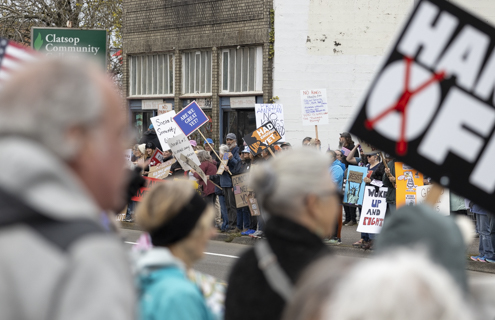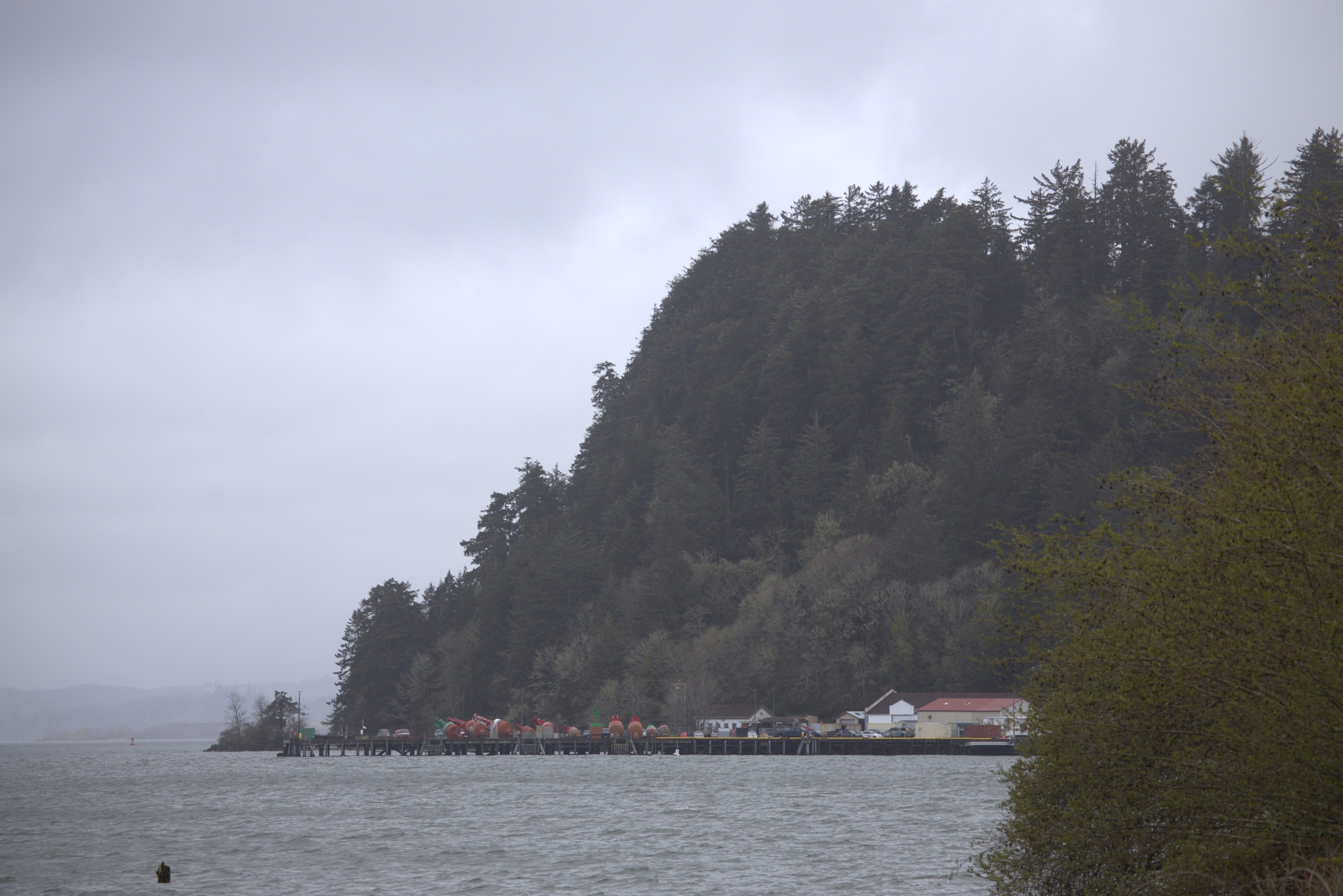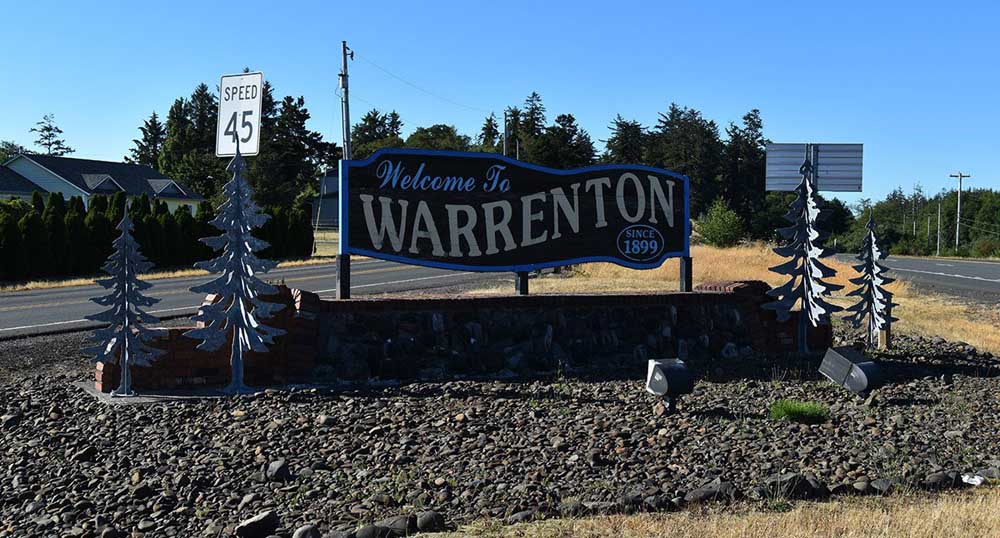Water works
Published 4:20 am Friday, April 6, 2018

- The recently released water quality report indicated no violations in Astoria.
A water quality report for 2017 gives Astoria’s drinking water a clean bill of health. The city will face big projects in the future, however, as it tries to maintain and build a more resilient system.
The Public Works Department is at the beginning of one study that will look at adding storage capacity for treated water by installing a clearwell system. The department is at the end of another study examining landslide threats to a 12-mile transmission line that takes water from the dam in the Bear Creek watershed, the source of Astoria’s drinking water, to the city.
Both are $20,000 to $30,000 studies that will outline millions of dollars worth of work.
“We need to have things that are more dependable,” Public Works Director Jeff Harrington said. “We don’t need to be having panics in the middle of the night. It’s 2018. We need to be a little more advanced. Just like every city across the nation, the only thing keeping us from doing that is money, so we’re doing the best we can with what we have.”
Over the past four or five years, the department has slowly built up funding for regular maintenance work. Big capital projects — like the ones the two studies in progress now will someday inform — will still be funded through grants and loans, but the city is trying to get away from borrowing money to complete routine maintenance.
The Public Works Department is just now paying off debt service from the last time the four cells that purify water through a slow sand filtration process were cleaned and had the sand replaced.
“We’re actually making headway,” Harrington said. “You just about have to borrow money for capital improvements. That’s pretty standard across the board. But borrowing money for maintenance is something you try to avoid and we’re pretty much out of needing to do that now.”
At the end of 2017, Harrington and his staff compiled a list of ongoing public works projects. Under water projects, they listed relatively small updates. This summer, the department expects to complete a road bank stabilization project on Pipeline Road to address a small spot where the water pipeline diverges from the road and goes into the woods and passes a creek — another minor project. The department also plans to construct an emergency overflow weir for the Bear Creek Dam. The dam has stood for over 100 years and has never overtopped, as far as city records show, but the weir is an extra safety precaution for a very large storm.
One of the bigger projects is a two-year process to empty the city’s four water purification cells one by one, and replace the liners and the sand used in the filtration system. Work on the first cell is more or less complete. The cost of the total project is $1.4 million.
The city’s budget process has just begun and Harrington isn’t sure yet what if any change in water rates might be on the horizon.
The City Council rejected a staff recommendation last year to increase water rates for the outlying districts and other users Astoria supplies. Public works’ staff had recommended a jump from a 10 percent surcharge to a 25 percent surcharge over the next three years, with a 5 percent increase that would have gone into effect this July. Harrington and Cindy Moore, the assistant city engineer, said the increase would have addressed equity issues, bringing outside rates up to what other municipalities charge and sharing maintenance costs across the water customer base, as well as put money toward the construction of a clearwell system. Though the clearwell system would be on the table even without the out-of-town customers, Moore noted it would provide storage of treated water for those consumers.
The City Council split on the decision, with the majority voting not to increase rates until there was a clear road map for what it would mean to install a clearwell system.
In years past, the city believed a clearwell system was more critical. There wasn’t yet a fourth cell for water purification and Astoria’s population was expected to grow. In this vision of the future, the fishing industry was booming. Instead, Astoria didn’t grow at the projected rate and the fishing industry slowed down.
All the breweries in the city have yet to match the kind of water consumption fish processing facilities required.
Still, the city believes the system is an important addition to build resiliency and capacity. Astoria is fortunate in that it owns its entire watershed — the Bear Creek watershed to the east — and water is pulled from multiple sources in that watershed, city staff say. According to the state, the primary source of contamination in Astoria’s drinking water is from soil erosion.
The West Coast experienced drought in recent years, but Astoria’s water supply remained strong. Astoria’s water usage remains below the number of gallons filtration and transmission systems can handle, and a study found Bear Creek Dam is not at risk of seismic failure though it is classified as a high hazard because of its proximity to human populations downstream.
Water quality issues in 2016 tied to construction of the Spur 14 water source have been cleared up. The city had notified customers of a violation of a federal drinking water standard when the city used a higher than normal amount of chlorine to treat organic matter in the Main Lake water, part of the Bear Creek watershed. An interaction between chlorine and organic matter produced contaminants known as disinfection byproducts.
The 2017 report indicates these byproducts are now well below the state’s threshold.





